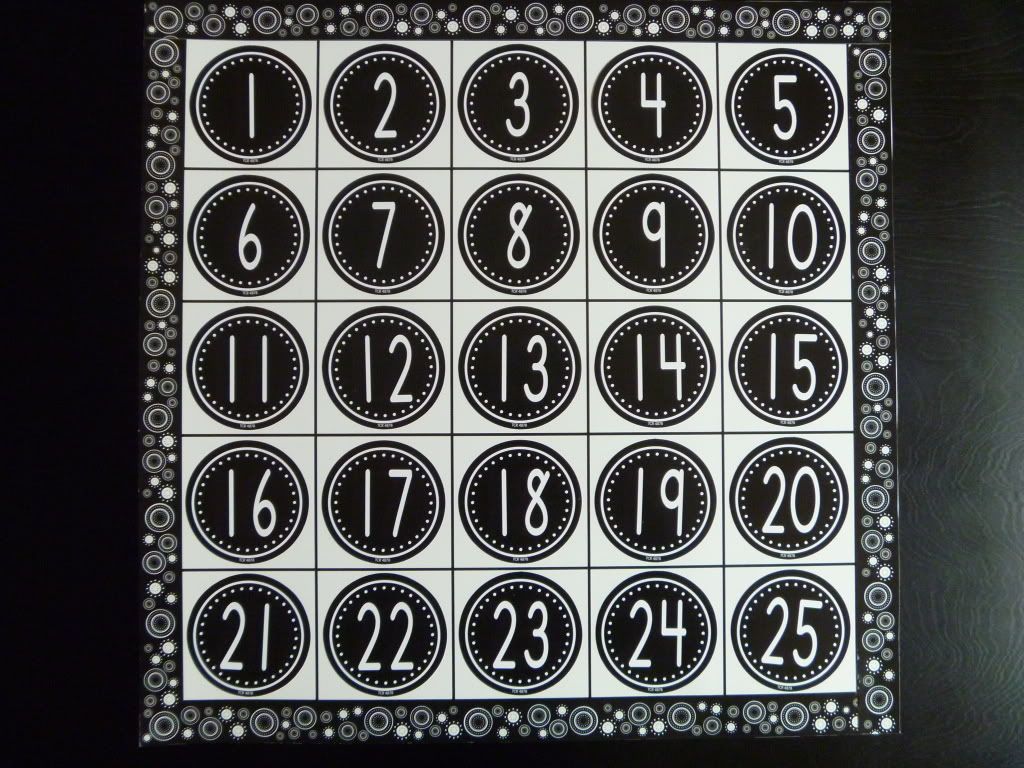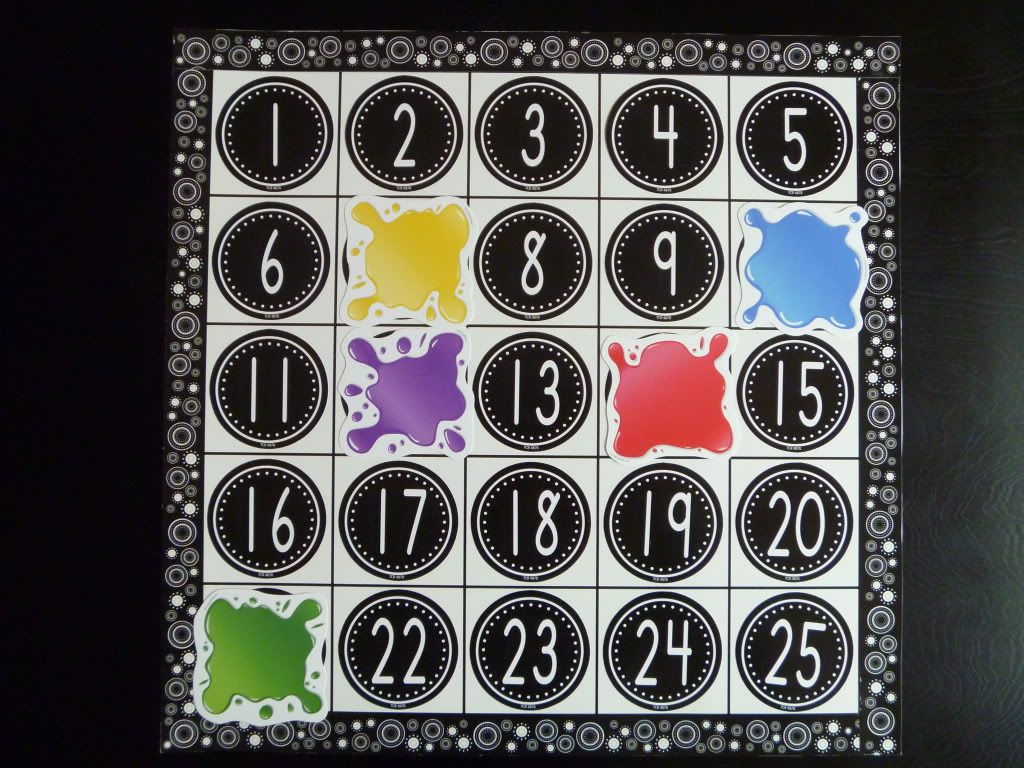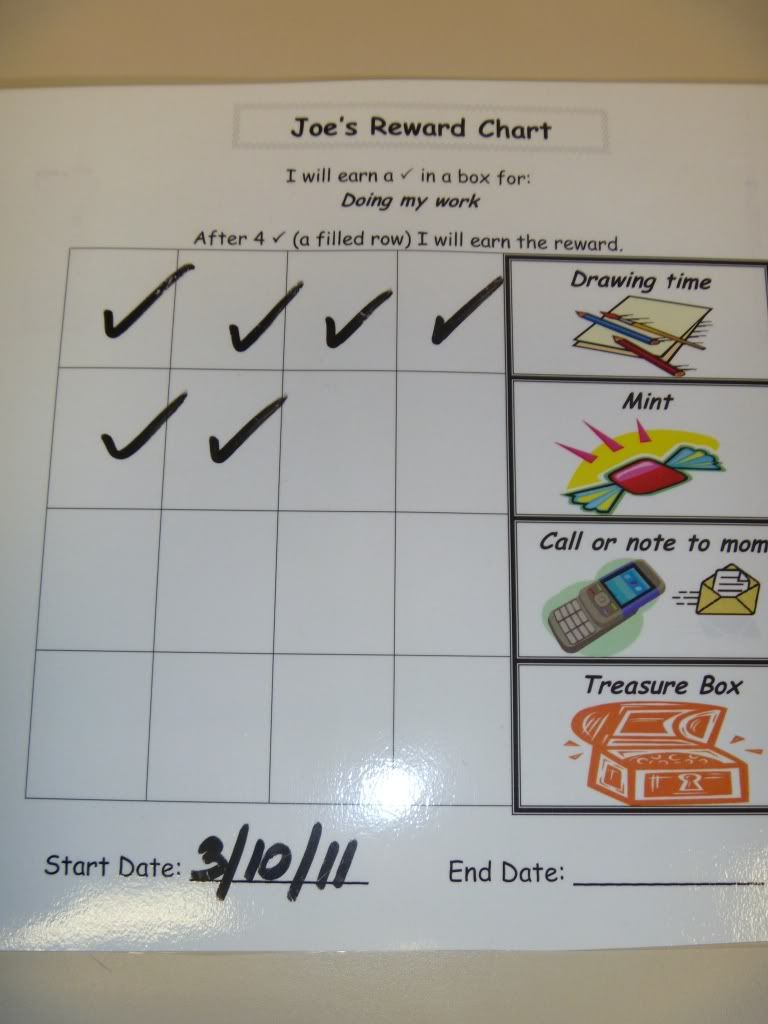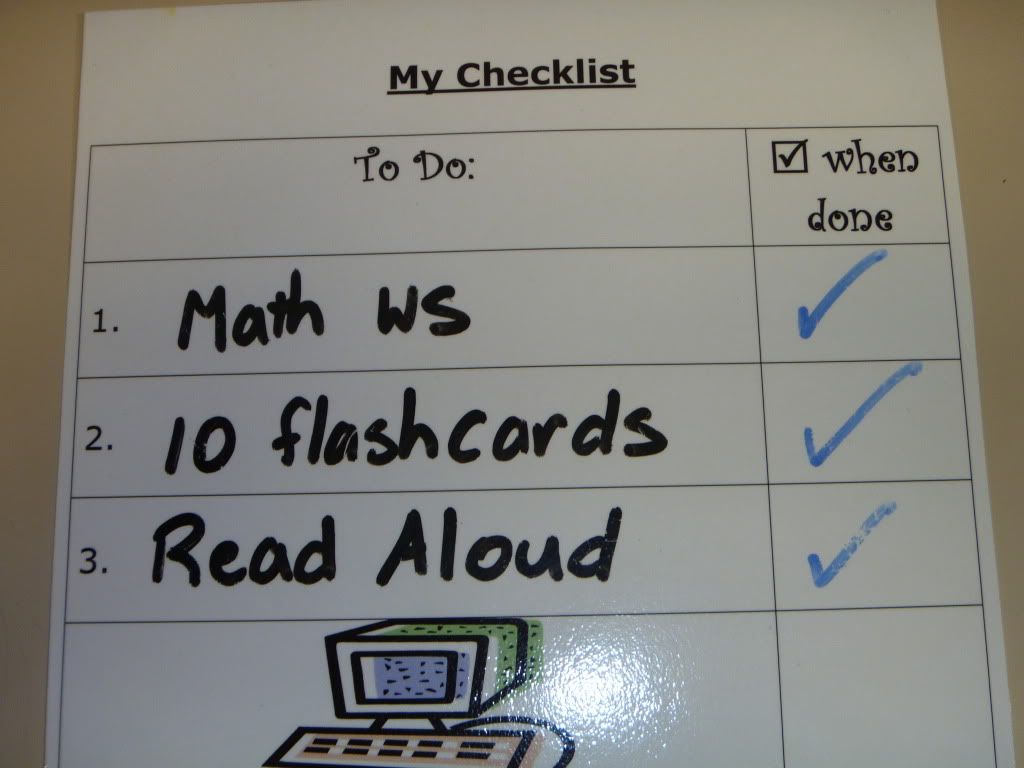I use post-its in my classroom for anything and everything. The students and myself are completely reliant on post-its. Here are some examples of how I use this wonderful creation in my classroom.
1) Track Thinking: Mostly, students use post-its to track their thinking while reading. They write post-its in their independent reading books and during our interactive read alouds. We add their post-it to our anchor charts.
 |
| Listening to Our Inner Voice Lesson from Strategies That Work by Stephanie Harvey. |
2) Notes to Teacher: Students also use post-its to leave me notes. I'm always telling kids, "Write me a note and stick it on my computer screen." Notes vary from "Please find Mark a book about dinosaurs" to "Don't forget about cartoon lunch tomorrow."
3) Happy Notes & Book Recommendations: I use post-its to leave notes for students. This is a great way to reinforce behaviors you have noticed or just compliment a student on a good job. I also leave books on desks with a post it that says, "I thought you might enjoy this book." The kids love this because I have hand picked a book for them. I almost always get them to read it and it is a nice way to gently nudge a reader to a just right book for them (whether up or down).
4) Shout Out Game: This past year I had a class that really struggled with raising their hand before joining the conversation. They yelled out ALL the time. It was distracting for both the learners in the room and the teacher. I would lose my train of thought and have to stop and think about what I was saying to get back on track. So, we started using post-its in a whole new way. I gave students a speech bubble post-it for their desk. Whenever a student yelled out or interrupted an adult or classmate, they marked their post-its. It was a game. You wanted to see how few marks you could get on your post-it and it worked. I think some students were really blown away by how often then interrupted. They just had no idea. It helped make them aware and as more people starting listening and not blurting out, the fewer blurts we got as the year went on.
I'd love to hear your ideas. How do you use post-its in your classroom?










